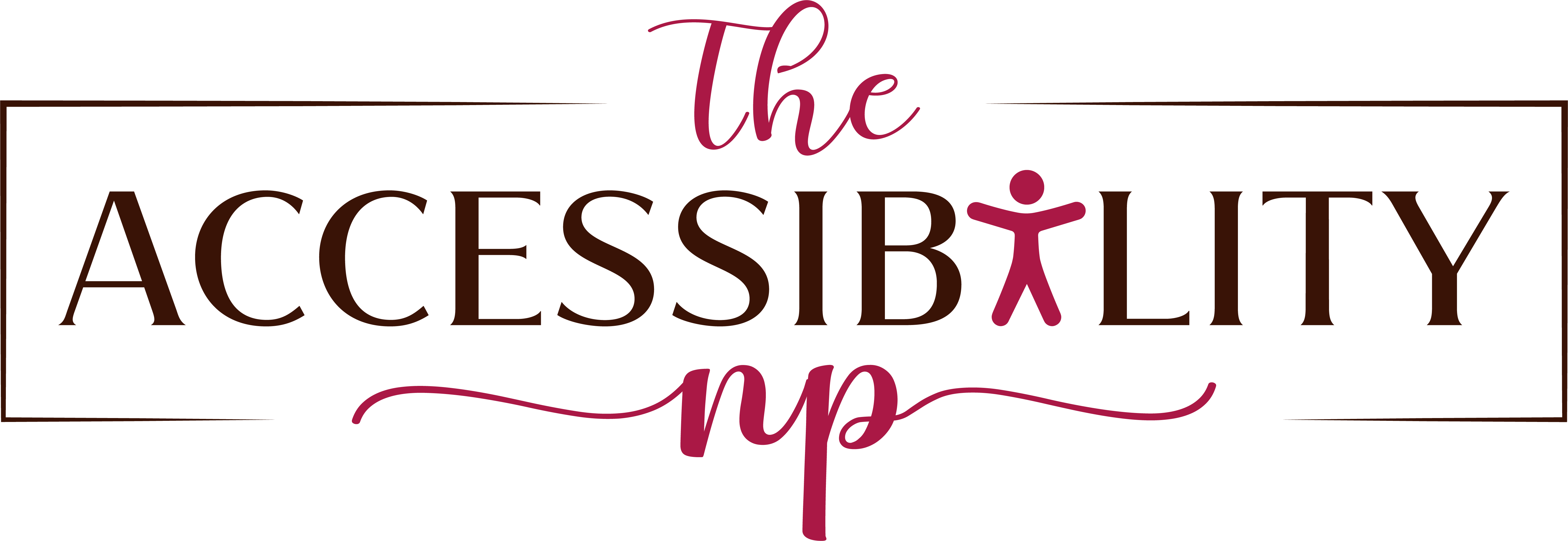When the school year ends, so do many of the services and supports that help disabled students thrive—including assistive technology. But communication, access, and independence aren’t bound to a school calendar.
AT shouldn’t go in a drawer just because it’s summer.
In fact, these weeks away from the classroom are one of the best opportunities to explore what assistive technology can do—outside of goals, data sheets, and classroom routines. It’s a chance to see what works in everyday life, how devices can adapt to our kids (not the other way around), and how we can strengthen their use without it feeling like a chore.
Supporting—not schooling—through summer
No one is asking families to become special education staff over the summer. Most of us are already stretched from managing care, coordinating therapies, and just trying to make it through the day. But when AT becomes a natural part of our routines—instead of a separate task—it’s more likely to be used, understood, and meaningful.
If your child uses AAC, speech-to-text, or reading tools, the summer is about maintaining access to the things that matter most: communication, connection, and confidence.
Making AT a part of real life
During the school year, AT tools are often tied to academic tasks. Summer lets us untangle that. Here’s what using assistive tech at home actually looks like for us:
Using speech-to-text to help your child send a text to grandma.
Using a reading app to enjoy an audiobook in the car.
Using an AAC device to order at a drive-thru.
Using voice commands to change the music on a smart speaker.
Using a visual schedule on a tablet to prep for a park outing.
Using a talking photo album to recall family members’ names before a visit.
It doesn’t have to be structured. It just has to be supported.
Low-effort, high-impact ways to keep AT going
You don’t need a full lesson plan to keep your child’s AT skills strong. Here are some simple, functional ways to keep using those tools:
– Let your child use their device or app to make choices during snack or meals. (Examples: “juice,” “more,” “different,” “done”)
– Build 2-3 core words into your daily routine and model them throughout the week.
– Make a short video together using text-to-speech narration.
– Use built-in accessibility features on your tablet or phone, like screen readers or voice control, in play-based settings.
– Use a calendar app to track simple events like “pool day” or “therapy today.” Let your child check or voice them.
When AT becomes part of play
Play is where AT really shines. It’s pressure-free. It’s fun. And it builds authentic skills. If your child uses AAC, set up play routines that include their device: bubbles, pretend food, stuffed animals, water play. Narrate what’s happening using their system. Let them press “again” a dozen times. That repetition? That’s learning.
If your child uses alternative access tools—like switches or adapted keyboards—build short play bursts into the day using whatever setup they enjoy. A 10-minute adapted game is worth more than a 30-minute fight over a worksheet.
Traveling? Bring the access with you
Whether you’re going across town or across state lines, summer outings can still be accessible.
– Make a quick laminated page of core AAC words for the car or pool.
– Download offline versions of text-to-speech apps for use in areas with low service.
– Pack chargers, a power bank, and a backup communication option (like a core board).
– Don’t leave AT behind—it’s part of your child’s voice.
Even if it’s not used perfectly, what matters is that it’s available. That message alone—your voice comes with us—means everything.
When it’s new, and you’re still figuring it out
Some families are just beginning their assistive technology journey this summer. Maybe the IEP team trialed a device in May, or your child just got a new app after a long wait. It’s okay to feel unsure.
Start slow. Focus on relationship, not performance. This isn’t about mastering the tech—it’s about making it part of your child’s world. If they only use one button this week, celebrate it. If they swipe away the tablet but smile when you model a word, that’s communication too.
You don’t need to be an expert. You just need to be present.
Helping others get comfortable, too
If you have caregivers, family members, or friends who support your child, summer is also a great time to show them how assistive technology fits into everyday moments. A quick tip sheet or a 2-minute demo can go a long way.
We keep a small printout next to our daughter’s device with common phrases and tips like “give her time,” “don’t touch the screen while she’s talking,” and “it’s okay if she only uses one word.”
Confidence builds when everyone is included in the process.
A different kind of progress
AT use over the summer may not look like measurable “data,” but that doesn’t mean growth isn’t happening. Communication in real contexts, self-expression during downtime, increased independence at home—those are wins that matter.
Some days will be full of modeling and moments. Other days, it’ll sit on the shelf. That doesn’t mean you’re failing—it means you’re human. And your child is too.
Something to carry into the week
AT isn’t just for classrooms. It’s for living. Laughing. Choosing. Protesting. Singing. Requesting one more snack.
Let summer be a chance to reconnect with the reason assistive technology matters in the first place—not because it’s written into an IEP, but because it opens doors.
And that access doesn’t go on vacation.
We’ll see you next week as we talk about accessible adventures—what inclusion looks like at the beach, the park, the store, and even just out front on the sidewalk.
Until then, keep modeling. Keep showing up. Keep the tech close—and the expectations flexible.
You’re doing beautifully.

